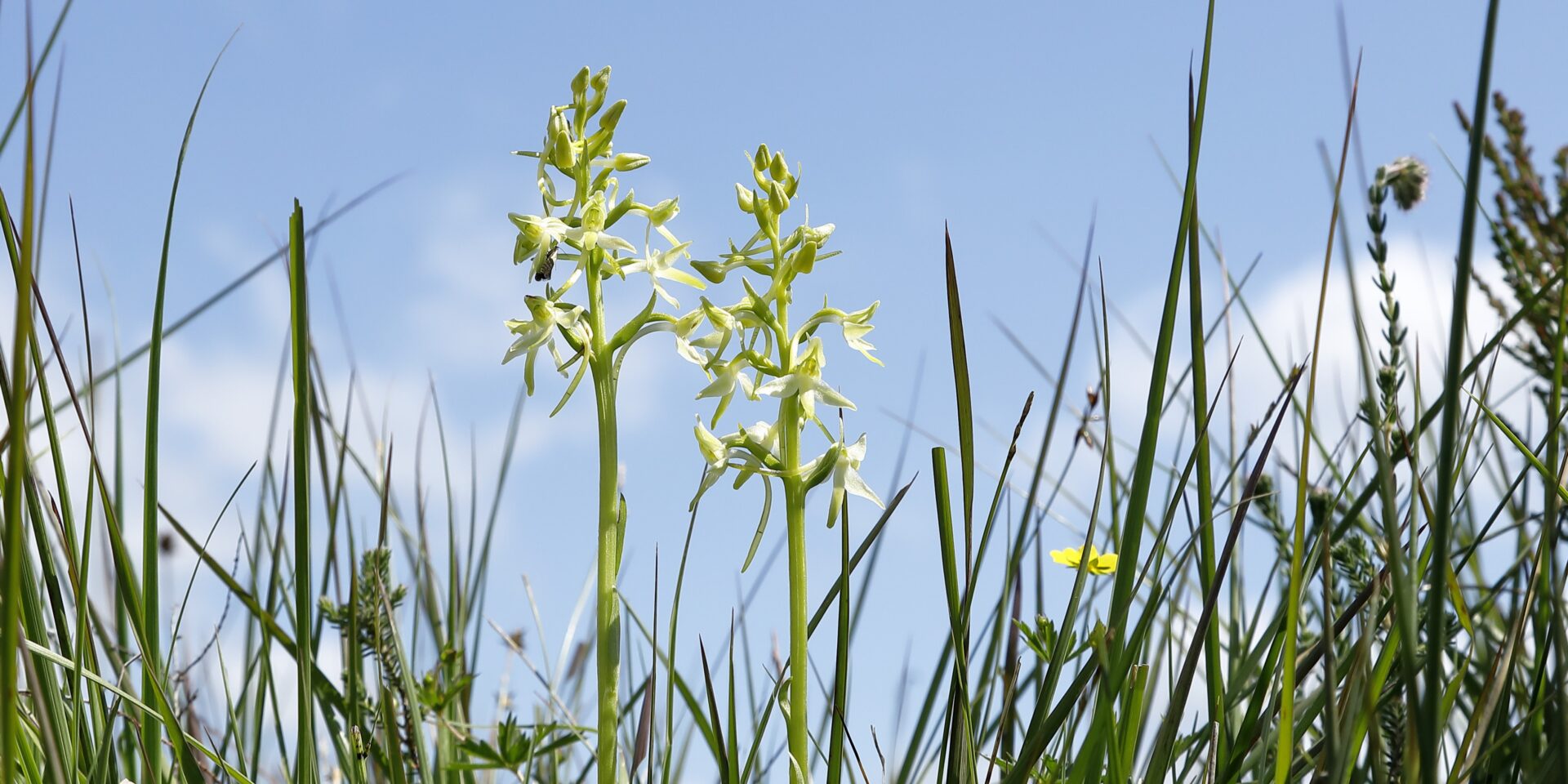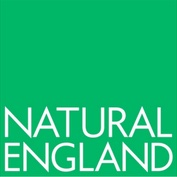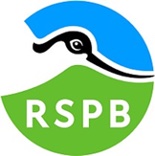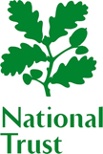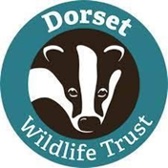Many of the Purbeck Natural History Forum (PNHF) members have been involved in species recording on the Purbeck Heaths NNR in recent years. This might have been as part of the ‘Wednesday group’ that focuses on recording in the grazing unit or through one of the other groups such as the Odonata group or Botany group. Others have been going out by themselves and have been recording species of interest, such as the Purbeck Mason wasp, Heath Tiger beetle or Marsh Clubmoss. What not everyone knows yet, is that much of the recording we do is part of a specific NNR monitoring plan. This plan does not just outline the goals of the monitoring, but also how the different landowners want to achieve this. The implementation and execution of the plan is under the supervision of the monitoring group, which represents people from all the landowners and external stakeholders such as the Dorset Environmental Record Centre and Bournemouth University.
One of the main aspects of the monitoring plan focuses on the monitoring and recording of species. Changes in species numbers and distribution can tell us a lot about the condition of the reserve and how natural and human-induced processes affect the area, positively or negatively. This also helps the landowners to understand if, for instance, additional management is needed to safeguard important populations, enabling them to become more resilient. In an ideal world, we would be monitoring all species in the reserve on a yearly basis, providing us with exact counts of their populations. You will however understand that with a landscape at this scale, that is fairly unrealistic. The monitoring group has therefore decided to focus on those species that are 1) rare and/ or protected, or 2) represent a wider group of species, or 3) are indicator species of a specific habitat niche or quality. Based on those criteria, the monitoring group has developed a Priority Species list that can be downloaded through this link:
https://purbecknaturalhistory.org.uk/groups/wednesday-phnnr-monitoring-group/documents/. Click on the document ‘Purbeck Heaths NNR Priority Species’ list to open the Excel file.
The species list has been compiled using a range of published scientific data, but also with the expert input of local specialists. At the moment this list contains 253 species from a wide variety of taxonomic groups. Yearly reviews might however lead to amendments due to enhanced insight and changes in species distribution and status. Besides all species on the list being of importance, a number of species has been indicated as Category 1 or 2.
Category 1 species are our top priorities for monitoring and include some of our most rare and/ or vulnerable species. For these species we aim to do quantitative surveys, being either full population counts, colony mapping, or a sample-based approach – and to repeat them on a regular basis. This doesn’t necessarily mean we survey them every year but periodically, such as every 3 years.
Category 2 species are those species that we don’t have the resources to regularly monitor in the same way, but which still indicate a particular habitat niche and/ or are indicators of functional quality of a particular habitat. Rather than trying to record them all, we have set up a number of fixed quadrats and transects across the landscape – understanding how the species recorded in these fixed points change over time will tell us how the landscape is changing ecologically.
Besides structural monitoring of our category 1 and 2 species, we are also interested in casual records of any of the priority species, wherever you spot them, because all records help us understand the condition of the NNR better.
Below a few examples of category 1 and 2 species on the list:
The Heath Tiger Beetle (Cicindela sylvatica) is on our priority species list as a category 1 species. This beetle is nationally scarce and mainly found on lowland heathland in areas with dry, compacted, bare sand for nesting and foraging, with a mosaic of heather age classes in the area.
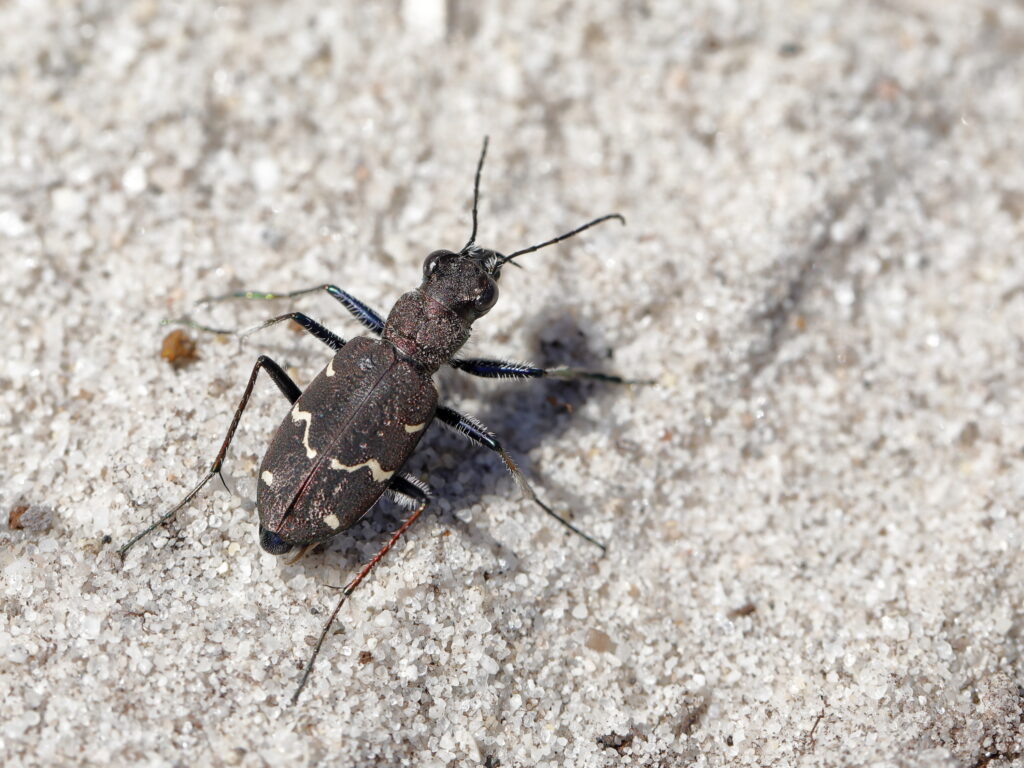
The Heath Tiger Beetle has a poor ability to disperse and in the IK their heathland habitat has sadly become increasing fragmented over time. Remaining sites and populations of this species have therefore been the focus of considerable conservation effort.
Photo by Terry Bagley
The Large Marsh Grasshopper (Stethophyma grossum) is the biggest grasshopper in England, but also one of the rarest. It is on our priority species list as a category 1 and 2 species. Today it survives almost exclusively on Sphagnum-dominated mires of the New Forest and a few locations in Dorset, amongst which the Purbeck Heaths.

Elsewhere in England populations have declined dramatically over the past 50 years, largely due to the widespread drainage of wetlands.
Photo by George Stelzer
Waxcaps are fungi that are often brightly coloured and generally have a waxy or slippery-looking cap. All waxcap species present on the Purbeck Heaths are categorised as category 1 species. They are found in our grasslands – alongside other fungi, such as club and coral fungi, pinkgills and earthtongues.

The preference of waxcaps for ancient, unimproved pastures and grassland that have not been agriculturally improved unfortunately also means that overall in the UK many species have become relatively rare and are declining.
Photo: Scarlet Waxcap (Hygrocybe Coccinea)
Chamomile (Chamaemelum nobile) is a low-growing herb with daisy-like flowers. This species is on our list as a category 2 species and can be found on fairly nutrient-poor and mildly acidic soils that are wet in the winter.

It is often found with other priority species of our list such as Coral Necklace (Illecebrum verticillatum), Yellow Centaury (Cicendia filiformis), Pennyroyal mint (Mentha pulegium) and Pillwort (Pilularia globulifera).
Photo by Sophie Lake
The volunteers of the Purbeck Natural History Forum play a key role in the surveying of our priority species (see diagram below). Through structural surveys, volunteers have been contributing to the monitoring of our category 1 and 2 species. In addition however, volunteers are also essential for the monitoring of the non-categorised species. Those species can be surveyed on an ad hoc basis, which means that recording is done in a less structured way. Those data are also important and tell of a lot about the global distribution of species on the Purbeck Heaths.

Over the last 3 years, the recording by volunteers on the Purbeck Heaths has been extremely valuable and we want to thank all of you who have contributed to this. Long-term monitoring of populations is however key and for the years to come it is important that we can continue this work. So far, most effort has gone into the monitoring of the category 1 and 2 species, but we also want to see how we can increase the monitoring of our other non-categorised species. We are therefore interested in speaking with the PNHF volunteers about strategies to monitor all of our priority species on the reserve. If you are interested in monitoring, and you would like to be involved in conversations about the monitoring of our priority species over the winter months, please contact the Monitoring Group. We do like to hear from you.
Last, but not least, I also briefly want to introduce the concept of species champions here. We are aware that there are a lot of people within the Forum who have good knowledge of a specific species or group of species. This might for instance be spiders, bryophytes or dragonflies, but can for instance also just be Marsh Clubmoss on its own. Species Champions are for us those people who have knowledge and ID skills of species or species groups and are willing to help us find them on the Purbeck Heaths (and then particularly the priority species). This doesn’t mean that Species Champions do the work all by themselves, sometimes they can, but they can just as well use the help of Natural History Forum volunteers to go and survey for those species. It is very flexible and there is always support from the monitoring group available where needed. If you think you can be a Species Champion for us, or you have any questions about it, please do get in touch.
This article is written by Jasper Iepema in collaboration with the Purbeck Heaths NNR Monitoring group. If you want to respond to this article, please email: jasper.iepema@naturalengland.org.uk.
